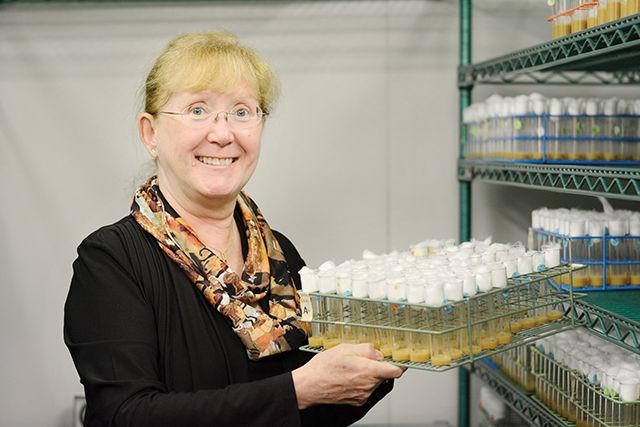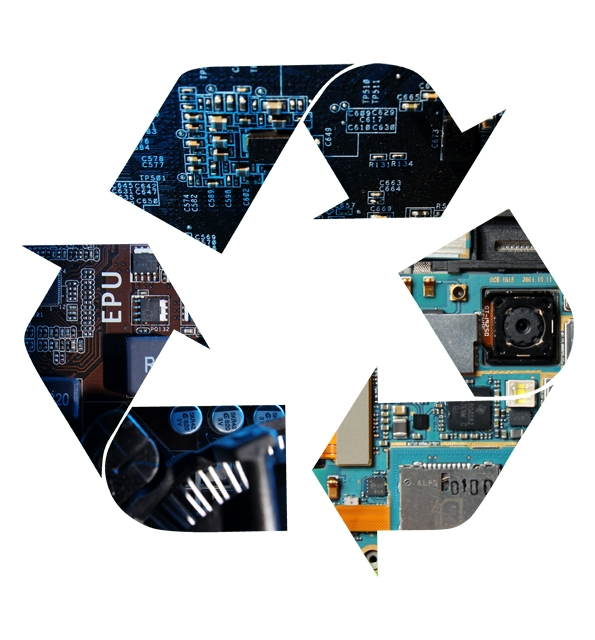Students who have suffered from frustratingly slow wireless speeds while using their laptops or mobile devices may no longer need to repeatedly and furiously hit the refresh button on their machines. Researchers at N.C. State have been working on revamping the concept of Wi-Fi that would increase network speeds between 400 and 700 percent.
Sitting in local coffee shops or even the University library, several users can often obstruct the single channel by which network data is output and then received, explains Arpit Gupta, a doctoral student at the University.
“Whenever you use a wireless device, it attempts to connect to the access point, or router. When many people want to use that single pathway of that router, there is an obvious traffic congestion. What our team tried to design is a software patch that can actually control the traffic — almost like a traffic cop,” Gupta said.
Injong Rhee, a professor in computer science and original inventor of this technology upgrade, said that unlike previous attempts of increasing wireless speeds, they strayed away from theoretical design and actually physically tested the model in the textiles building.
“We started with 50 different computer simulations in order to actually replicate the wireless traffic that one would experience in a public place with the main goal of finding the quantifiable gain,” Gupta said.
The maximum improvement found by Gupta’s team was speeds increasing 7 times that of normal Wi-Fi networks currently used at the University.
The traditional Wi-Fi system is greatly inhibited by the limited number of routers which leads to a traffic line forming in front of the router that actually restricts the requests from even going to the website servers. This traffic jam could be avoided, however, by implementing a resource that monitors the requests and allows them to pass, preventing a backlog of data.
The technology is called WiFox, playing off the phrase “Wi-Fi for Conferences,” and Gupta says that they hope to implement it in large settings over the course of this year.
In a world where wireless is the standard, Gupta sees this technology changing the playing field in a way that has never been seen before.
“We already have interest from large service providers based in the United Kingdom that are eager to use our technology to make public places completely and efficiently wireless,” Gupta said.
One of the main advantages of WiFox is that no additional structural changes or hardware would be required to update the current Wi-Fi infrastructure. Due to the advanced software upgrades, systems can be updated to welcome a data traffic monitor that would successfully control the data log and thus increase speeds.
Although the advantages are great, concerns still exist for WiFox moving forward. The quality of the actual internet browsing experience may be compromised at times. For example, individuals who are video chatting may experience delays at times since the data is being split between all users— not just data intensive users who are Skyping at that moment in time.
WiFox has been working hard for over two years now to ensure that the best technological product is available to consumers in all areas and hope that N.C. State can benefit from their high-tech breakthrough at some point in the near future.
“This most important thing that differentiates WiFox from its competitors,” said Gupta, “is that we focused on getting real results. Although we spent two years trying to perfect this model, we are proud of our tangible results that can be easily implemented anywhere to significantly improve the lives of casual web users and even professionals that depend on a reliable network 24 hours a day, seven days a week.”




